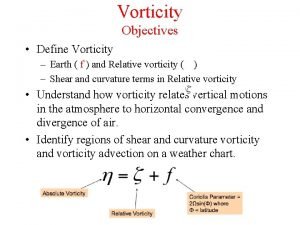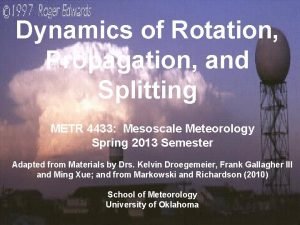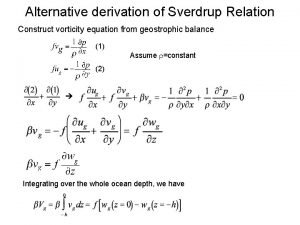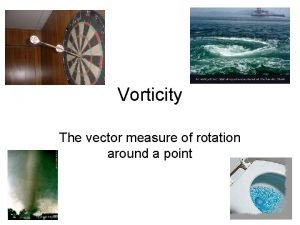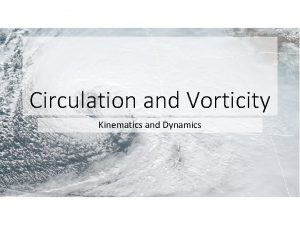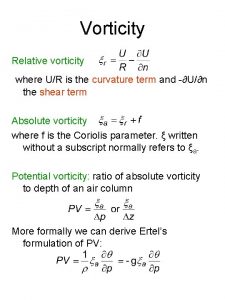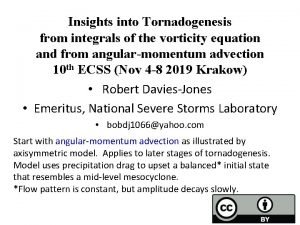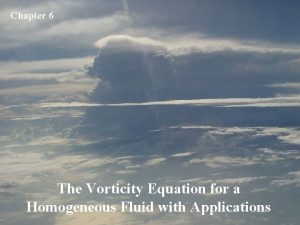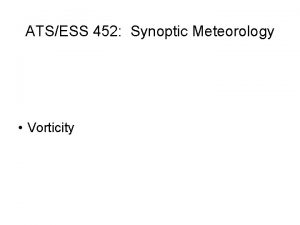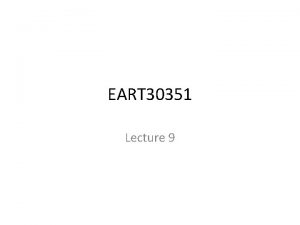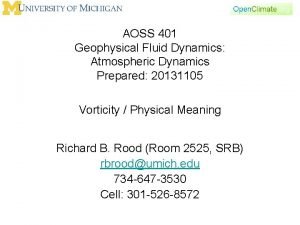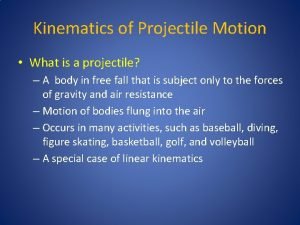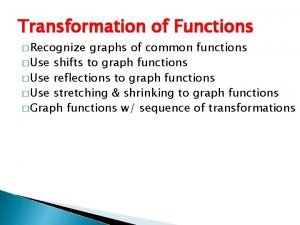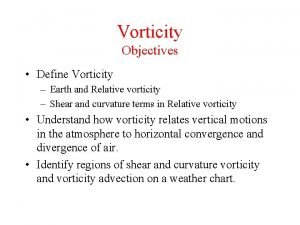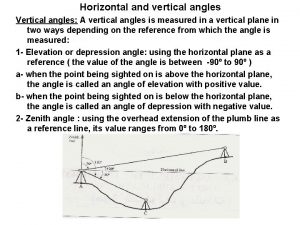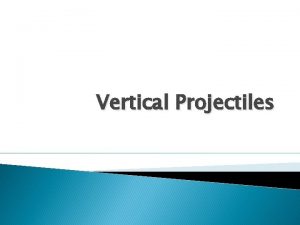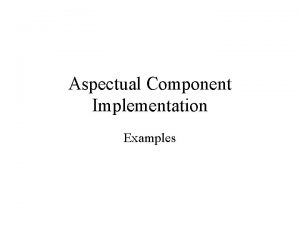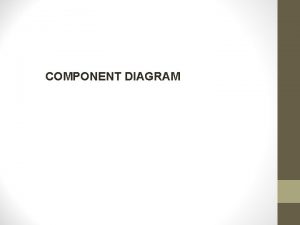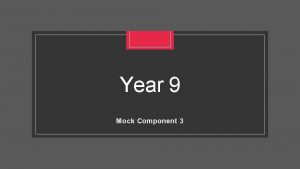Vorticity Vertical component of vorticity i e the


















- Slides: 18

Vorticity Vertical component of vorticity: i. e. , the rotation about the local vertical There are three types of vorticity used in geophysical fluid dynamics If the wind is geostrophic, the geostrophic relative vorticity is given by

Vorticity + x

Divergence: From the continuity equation - For incompressible flow: Most meteorologists simply use divergence when they mean the horizontal divergence

Divergence

Vorticity and Divergence Why they are important? What’s the unit? What’s the order of the magnitude? Relative Vorticity (Synoptic Scales) Why?

Vorticity and Divergence (Synoptic Scale) Relative Vorticity Same signs for both terms

Vorticity in Nature Coordinates n S Curvature effect - V Shear effect The smaller the R (i. e. , curved more, shorter waves), the stronger the curvature term. R is positive for cyclonic circulation and negative for anticyclonic circulation.

Vorticity ? curvature Shear

Vorticity Advection Ridge Trough V wind speed L 0 Relative vorticity advection Planetary vorticity advection

Vorticity Advection (shorter Rossby waves) Ridge Trough PVAty Adv ive t s o n io t c e ici t r o V P (PVA) L Wavelength V

Vorticity Advection (shorter Rossby waves) PVA (assume wave solution) PVA Adiabatic cooling z decreases with time divergence aloft ascent convergenc e

Vorticity Advection (shorter Rossby waves) Ridge Trough D e c en g r ive Trough V PVA L

Vorticity Advection (shorter Rossby waves) Ridge Trough D Con iv. V NV. A PVA L Waves propagate eastward!

Vorticity Advection (shorter Rossby waves) NVA (assume wave solution) NVA Adiabatic warming z increases with time convergence aloft decent divergence

Vorticity Advection (shorter Rossby waves) 564 Trough Wave propagation speed U NV A 570 VA P 576 C wave speed Tropopause z C 0 speed level of non-divergence 500 -600 mb

Vertical Coupling 564 Trough U NV A 570 VA P 576 C wave speed Tropopause z level of non-divergence 500 -600 mb C 0 speed Will grow

Low-level cyclone and 500 mb heights 5520 5460 996 cold air mass 992 ** . cold front 32 31 988 . . 39 37 direction of propagation 49 46 56 52 warm air mass warm front Upper and low-level coupled together – upper level trough enhances the low-level cyclone development.

Low-level cyclone and 500 mb heights 5520 5460 upper level trough is about to catch low-level system. 5520 5460 upper level trough catches low-level system – low level system is decaying.
 Earth vorticity
Earth vorticity Streamwise vorticity
Streamwise vorticity Sverdrup balance equation
Sverdrup balance equation Absolute vorticity
Absolute vorticity Kelvin circulation theorem
Kelvin circulation theorem What is relative vorticity
What is relative vorticity Streamwise vorticity
Streamwise vorticity Vorticity formula
Vorticity formula What is vorticity in meteorology
What is vorticity in meteorology Vorticity formula
Vorticity formula Vertical answer
Vertical answer How to compute the displacement
How to compute the displacement Graph stretch and shrink
Graph stretch and shrink Công thức tiính động năng
Công thức tiính động năng Tỉ lệ cơ thể trẻ em
Tỉ lệ cơ thể trẻ em Thế nào là mạng điện lắp đặt kiểu nổi
Thế nào là mạng điện lắp đặt kiểu nổi Dạng đột biến một nhiễm là
Dạng đột biến một nhiễm là Lời thề hippocrates
Lời thề hippocrates Vẽ hình chiếu đứng bằng cạnh của vật thể
Vẽ hình chiếu đứng bằng cạnh của vật thể
